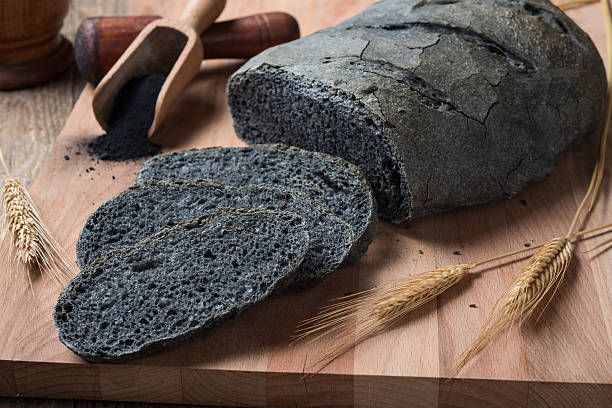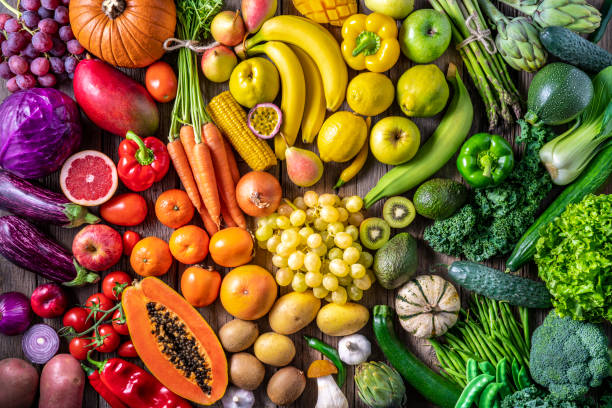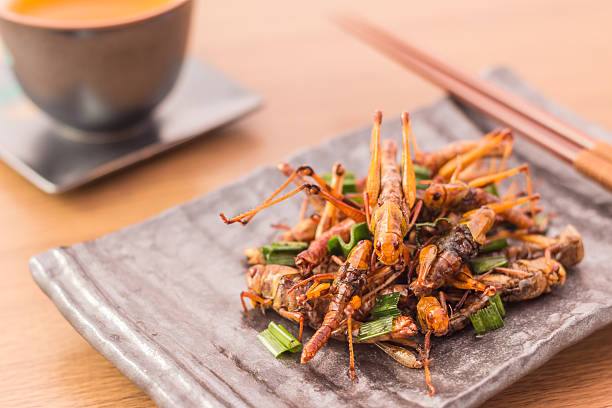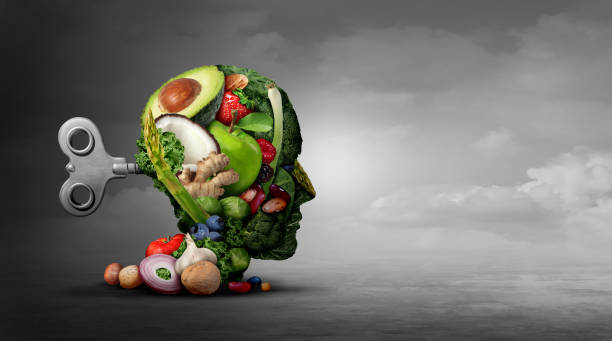Over the past few years, you may have noticed a growing trend: black ice cream, jet-black bread, and even charcoal lattes. These foods, all tinted with a striking charcoal hue, are not just a quirky aesthetic choice; they are part of the wider trend of activated charcoal in the culinary world. While it may seem strange at first, the use of activated charcoal has gained popularity for its bold color and purported health benefits. But what exactly is activated charcoal, and why is it being used in food? Let’s dive in and decode the trend behind charcoal in food.
What Is Activated Charcoal?
Activated charcoal is a fine, odorless, black powder made from carbon-rich materials such as wood, coconut shells, or peat. The “activated” part refers to the way it’s processed—heated to high temperatures in the presence of gases to create tiny pores in the charcoal that increase its surface area. This process allows activated charcoal to absorb toxins, chemicals, and other substances, making it useful for medicinal purposes.
In food, activated charcoal is generally considered safe when consumed in small amounts. However, it is important to note that this is different from the charcoal you use for grilling, which can be toxic when ingested. Activated charcoal used in food is food-grade and typically free of impurities.
Why Are People Using Charcoal in Food?
The use of activated charcoal in food has skyrocketed in recent years, primarily driven by its visual appeal and the growing focus on health and wellness. Let’s take a look at why it’s become so popular:
- Bold Aesthetic Appeal: Activated charcoal is strikingly black, which makes it visually appealing for Instagram-worthy food trends. It’s often used to give items a dramatic, edgy look—perfect for social media. From deep black ice cream cones to charcoal-infused smoothies, the color makes a memorable statement and grabs attention. For food brands, this unique color is a great way to stand out in an increasingly crowded market.
- Detox and Digestive Health Claims: One of the key reasons charcoal has entered the food scene is due to its perceived detoxifying properties. Activated charcoal is known for its ability to adsorb toxins and impurities. Some people believe that consuming charcoal can help cleanse the body of toxins and support digestion by binding to harmful substances in the gut. However, it’s important to note that while activated charcoal is used in emergency medical settings (such as overdoses or poisoning), there is limited scientific evidence to support its health benefits when consumed regularly in food.
- Gastrointestinal Relief: Activated charcoal has been used as a treatment for digestive issues such as bloating, gas, and indigestion. Its absorbent properties are thought to help trap gases and toxins in the digestive tract, potentially reducing bloating. As a result, some health-conscious consumers are drawn to charcoal-infused products as a natural remedy for these common ailments.
- An Unconventional Ingredient: With food trends constantly evolving, activated charcoal has emerged as a unique and unconventional ingredient. People are drawn to the idea of experimenting with something unusual or unexpected. It’s an ingredient that taps into the growing demand for “alternative” foods that go beyond the standard menu of superfoods and spices.
What Are the Benefits of Charcoal in Food?
While much of the buzz around charcoal is tied to its dramatic appearance, there are a few potential benefits that have contributed to its growing popularity:
- Digestive Health Support: As mentioned, activated charcoal is believed to help alleviate bloating, indigestion, and gas by binding to gases in the digestive tract.
- Detoxification: Charcoal has been used in medicine for years as an emergency detoxifier, particularly for poisoning or overdose. While consuming small amounts in food isn’t a replacement for medical treatments, some people believe it may help remove minor toxins from the body.
- Antioxidant Properties: Some research suggests that activated charcoal has antioxidant properties, which means it might help protect the body against oxidative stress. However, this is still an area of ongoing research, and more evidence is needed to confirm its effectiveness for daily use.
- Oral Health: Charcoal is sometimes added to toothpaste or mouthwash because of its abrasive nature. Some claim it can help whiten teeth by removing surface stains, though its use in food specifically for oral health is still a topic of debate.
Are There Any Risks or Side Effects?
While activated charcoal may seem like a magical ingredient, it’s important to be aware of potential risks, especially when consumed in large amounts or too frequently:
- Nutrient Absorption: Activated charcoal has the ability to bind to nutrients, medications, and supplements, potentially reducing their effectiveness. If you’re taking medications, it’s recommended to avoid consuming charcoal within two hours of taking them, as it could interfere with absorption.
- Gastrointestinal Issues: While small amounts of charcoal may help with bloating or indigestion, excessive consumption can lead to constipation or other digestive discomforts. It’s important to consume charcoal-infused foods in moderation.
- Unregulated Use in Food: Although activated charcoal is generally considered safe in small quantities, it is not regulated by the FDA for use in food products, which means it’s important to be cautious about the sources of your charcoal and whether it meets food safety standards.
- Allergic Reactions: Though rare, some individuals may experience an allergic reaction to activated charcoal, especially if they are sensitive to certain materials used in its production.
Where Is Charcoal Being Used in Food?
Activated charcoal is showing up in all kinds of food and beverages, from sweet treats to savory dishes. Here are a few popular products and ways people are incorporating charcoal into their diets:
- Ice Cream and Smoothies: Charcoal ice cream has become an Instagram sensation, with its striking black color and smooth, creamy texture. Similarly, charcoal is blended into smoothies for an eye-catching and nutrient-packed beverage.
- Charcoal Lattes: The “black latte” is a coffee drink made with activated charcoal, often paired with coconut milk and sweetened with natural syrups. Its striking appearance and potential digestive benefits make it a popular choice for coffee enthusiasts.
- Bread and Buns: Charcoal is often added to bread, bagels, and burger buns to create a dramatic contrast against the fillings and toppings. The deep black hue makes for an eye-catching culinary presentation.
- Detox Waters and Juices: Some health-focused cafes and juice bars are adding charcoal to their drinks, claiming that it helps detoxify the body. These drinks often come with a glowing, social media-ready appearance.
Final Thoughts
The trend of adding activated charcoal to food is as much about aesthetics as it is about potential health benefits. While its detoxifying and digestive claims sound appealing, it’s important to consume it in moderation and be mindful of how it may interact with other nutrients or medications. Charcoal in food can be a fun and unique way to elevate your meals visually and even provide some gastrointestinal relief. Just be sure to approach it with balance, and enjoy it as part of a varied and healthy diet. Whether it’s a jet-black ice cream cone or a charcoal-infused latte, activated charcoal is here to stay—at least for now—so why not try it and see what the fuss is all about?





